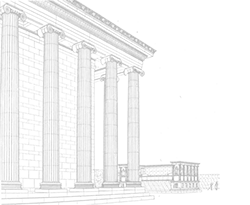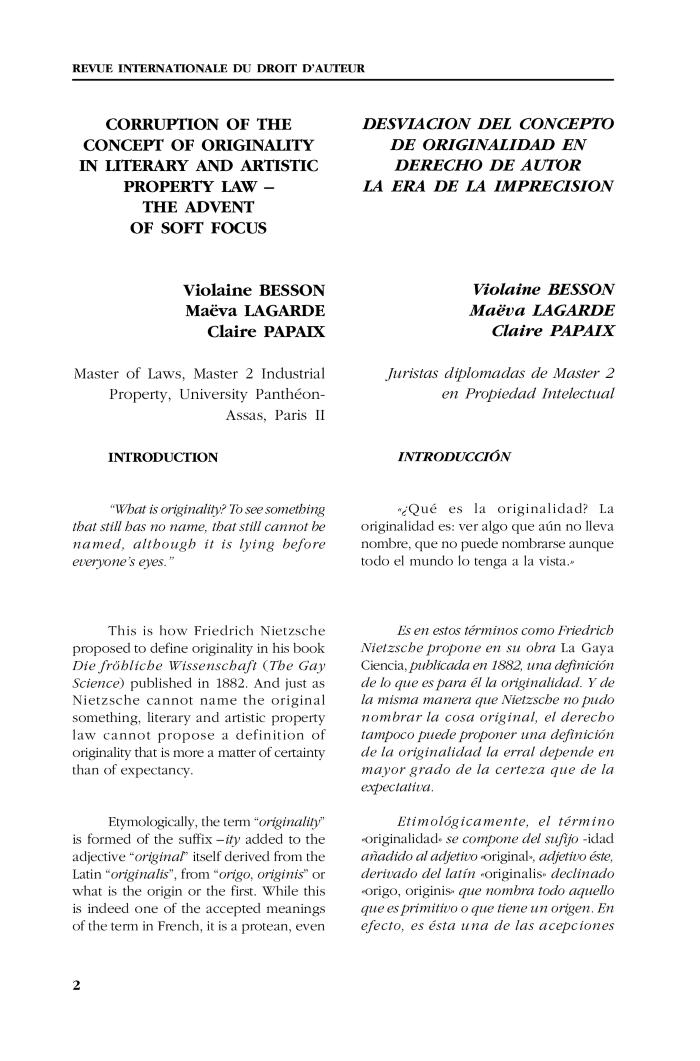
Doctrine
This article is available to RIDA subscribers only.
RIDA 250 | 10-2016
Doctrine

Corruption of the concept of originality in literary and artistic property law – the advent of soft focus
250-D1_EN Afficher la version française de cet article.
Afficher la version française de cet article.
 Show the english version
Show the english version
 Mostrar la versión en español
Mostrar la versión en español
Start of the article :
Originality is the cornerstone of literary and artistic property, the necessary and sufficient condition for protection. Yet the legislator’s silence and the numerous definitions forged by the courts over the centuries have made it a slippery concept and above all a much abused one.Indeed, originality, traditionally understood as the “stamp of the author’s personality”, which is coherent when dealing with the fine arts, has been used to grant protection to new categories of works based on an industrial rationale and increasingly detached from traditional artistic considerations.To do so, the concept of originality has been corrupted so that it fits the subject matter to which it is required to apply. Under the influence of French case law and European Union law, it has thus become a polysemic and imprecise concept, so much so that it seems to be devoid of substance today.Hence excessive pragmatism has given rise to bloated protection jeopardising the coherence of literary and artistic property law. To break the spiral, it seems essential therefore to rethink the criterion underpinning the protection of literary and artistic property.